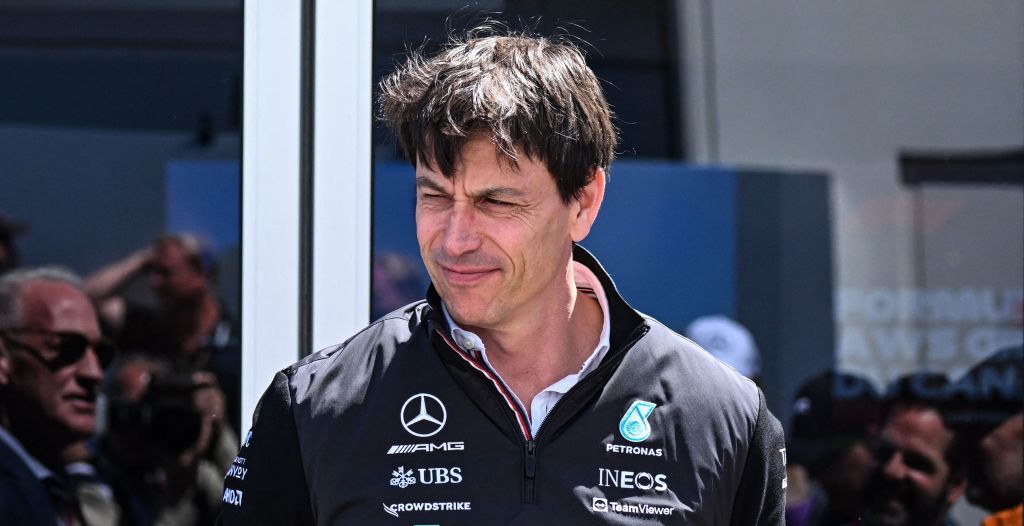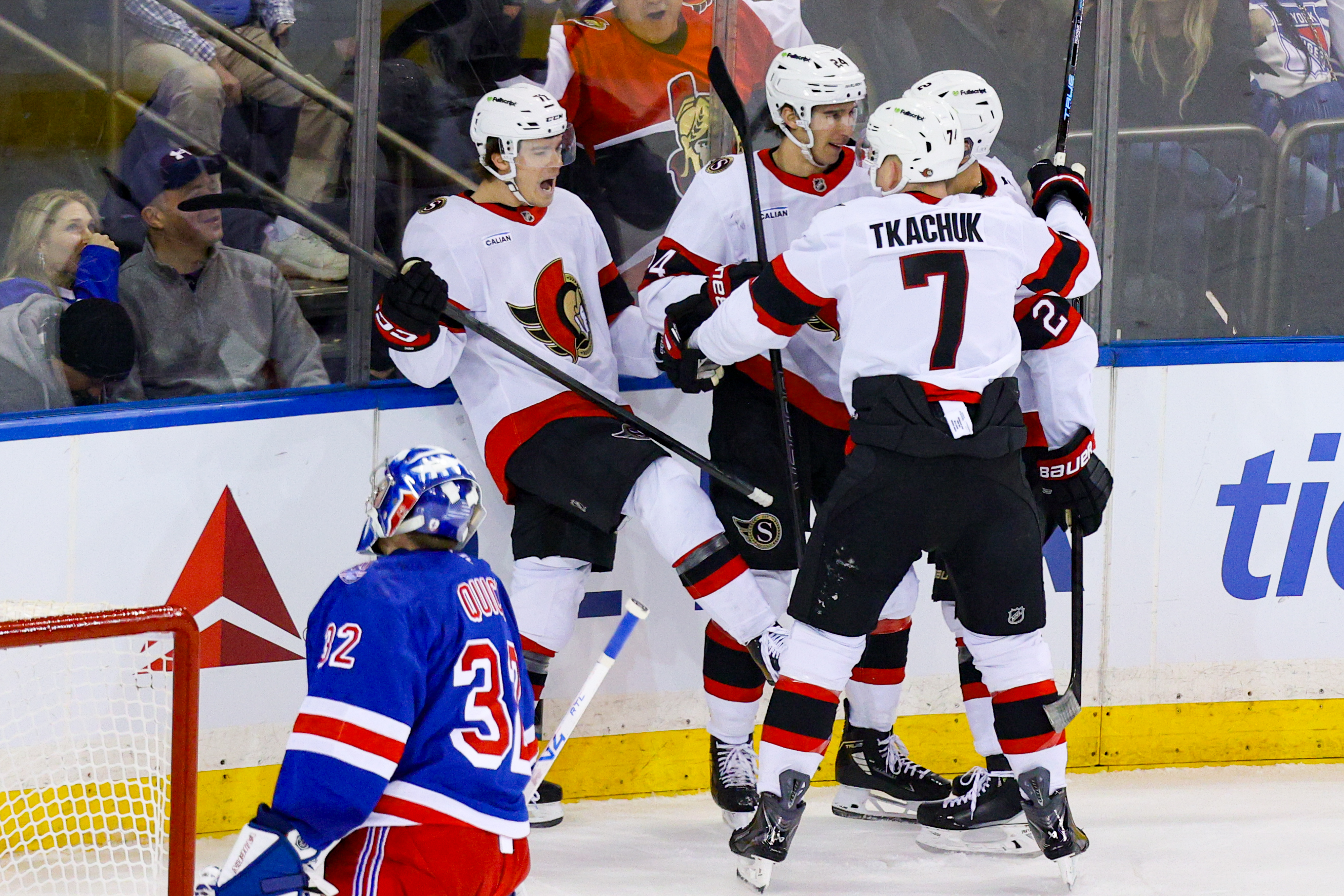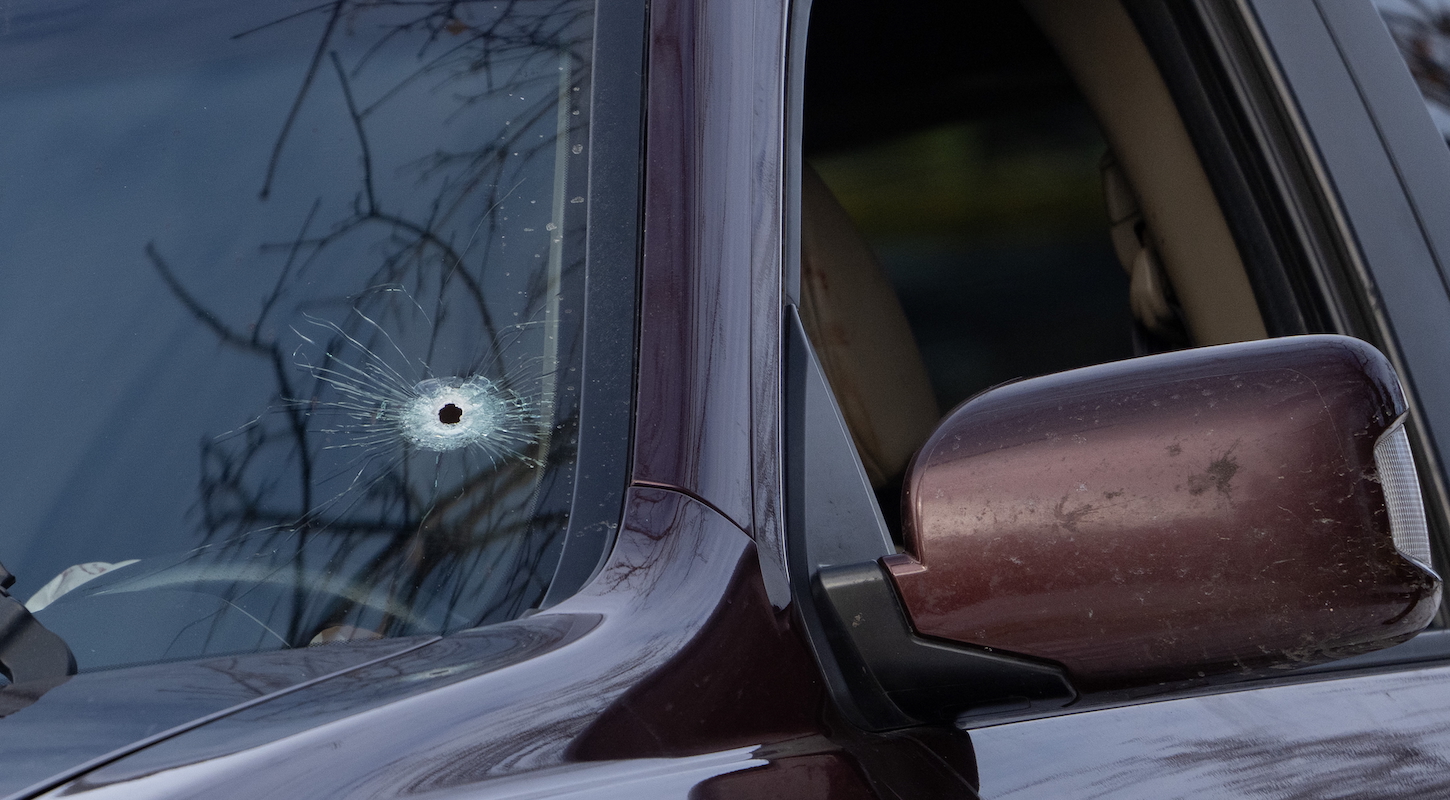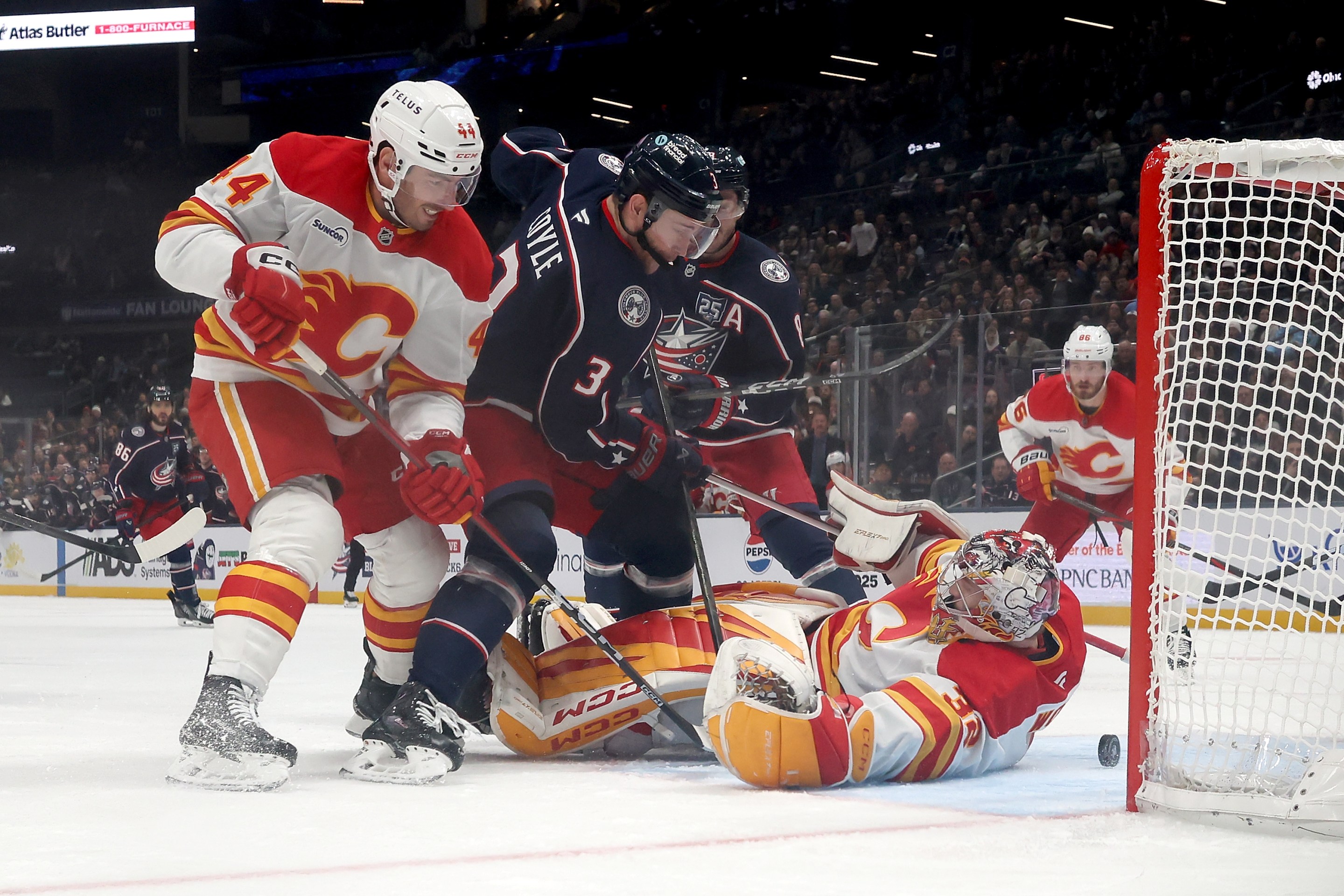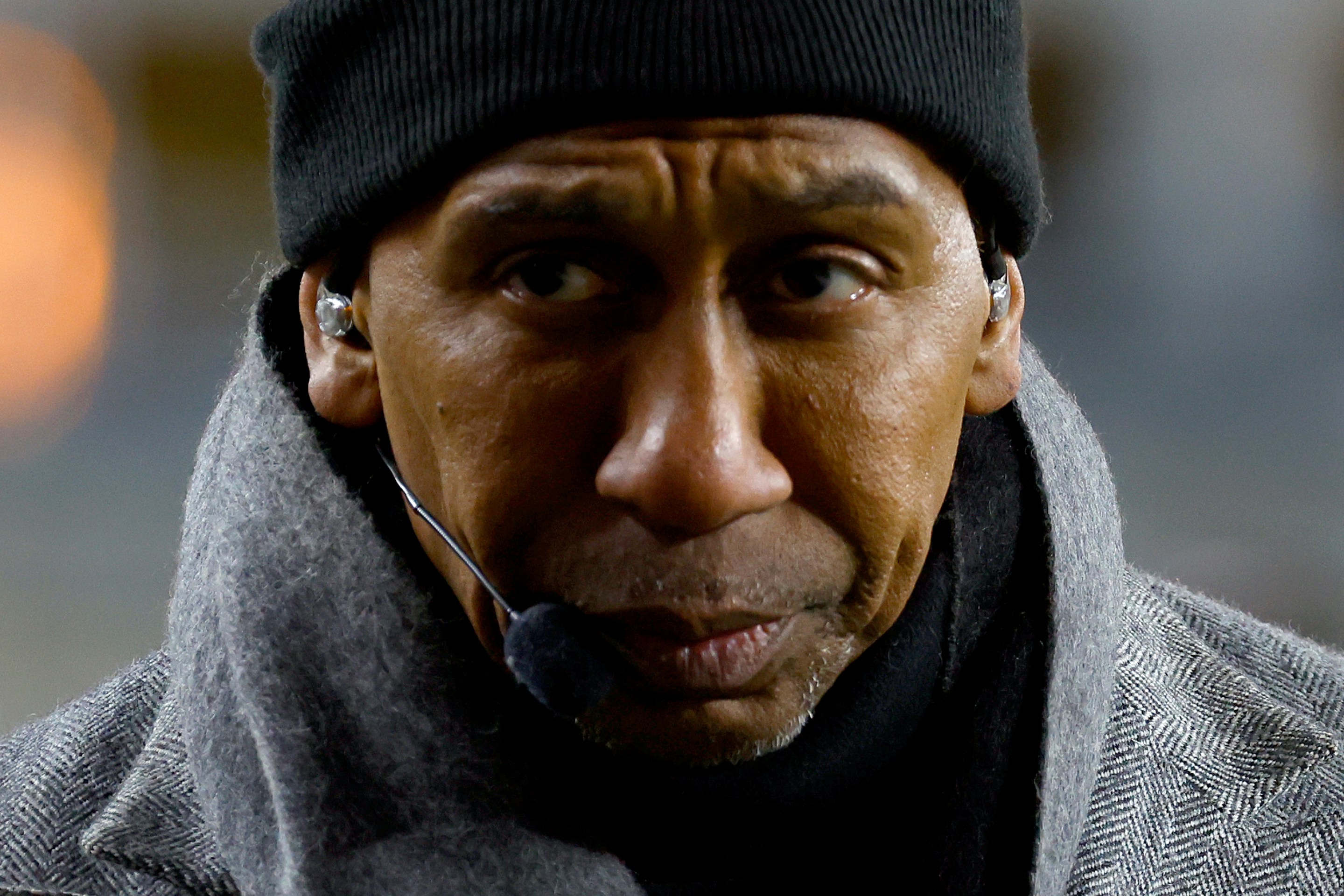Mercedes principal Toto Wolff, like most team principals, is at his most bearable when he's winning by a mile. Perhaps we should return to 2020, when his primary input into Formula One media was saying that Red Bull looked competitive every race weekend—psychological torture via false hope for sure, but at least he wasn't lobbying the FIA for technical regulation changes. The horrors! Of course, the trade-off is that Mercedes would be running 30 seconds ahead of the rest of the field, but hey. Needs must, am I right?
We're stuck with what we've got, though, and that's Wolff at the center of a building controversy over F1's always-shifting technical regulations. Technical fights: your favorite type of F1 drama, or the drama that should be your favorite due to how often it crops up. And it doesn't even come with the condition that you should fully grasp what's going on before passing judgment on someone like Wolff, but we'll attempt to sort all of this out anyway.
So what's the drama?
The drama stems from the flurry of porpoising complaints lodged by drivers and team principals during the Azerbaijan Grand Prix. Those complaints were too loud for the FIA to ignore entirely, and an optimist might have hoped that the governing body would resolve the issue by having some sort of coherent policy that wouldn't upset any team on the grid or, at the very least, would upset them all equally by the time Montréal rolled around. But if we're being honest, that was never plausible, much less likely, and now team principals are continuing to talk everyone else silly about porpoising and bouncing and floor stays and whatnot.
Wait, sorry, what is porpoising again?
Right, let's get that out of the way. A full explainer of porpoising is in video form here, and a summary of the issue post-Baku is here. Or in short—if you very reasonably haven't assigned yourself to the F1 porpoise beat and don't want to watch all of that—porpoising is an aerodynamic issue with a car where the car bobs up and down repeatedly while moving at high speeds, and is predictably painful and, in the long term, damaging for the drivers inside. Baku exacerbated the porpoising issues for many drivers, though Mercedes drivers George Russell and Lewis Hamilton were the primary focus of the weekend.
This was not helped by Wolff being the loudest team boss lobbying for the FIA to do something about the bouncing issues. The general response to Wolff was, My brother in Christ, you control the ride height, which is fair. Because the main issue with porpoising is the car going very low to the ground, raising the height of the car from the ground would help, though at the cost of performance, which is unsurprisingly why teams choose not to do so.
(As a side note: Porpoising isn't to be confused with bouncing, though the language surrounding the Mercedes car, especially during Baku, has been muddled. Mercedes apparently ironed out their porpoising issues by Barcelona, and are now suffering from bouncing—a non-aerodynamic issue caused by the car hitting the ground hard and bouncing back up. Raise the ride height is a valid response to this as well, though Hamilton has stated during Montréal that Mercedes physically cannot raise the car any higher.)
What did the FIA do following Baku?
The FIA seemed to take the complaints to heart from their only reasonable angle: driver safety. One day before the Canadian Grand Prix weekend began, the FIA released a technical directive on porpoising, proposing the following measures to alleviate the issue:
1. Closer scrutiny of the planks and skids, both in terms of their design and the observed wear
2. The definition of a metric, based on the car’s vertical acceleration, that will give a quantitative limit for acceptable level of vertical oscillations. The exact mathematical formula for this metric is still being analysed by the FIA, and the Formula 1 teams have been invited to contribute to this process
FIA
These measures are the non-technical solution that Mercedes doesn't necessarily want—or, rather, an intimation of them. In its current form, the directive doesn't do much of anything, on account of the fact that the limits have yet to be established, much less enforced. But, hope prevailing, it could! If the limits are ever established, this is the simplest solution to porpoising: force the teams to sacrifice performance in the interest of driver safety, under threat of barring cars from even racing.
Another part of the directive was more technical, permitting a second floor stay, which is essentially a part to keep lighter floors from flexing down. F1 regulations were amended to allow a single floor stay just before the start of the season, something used by many teams to help with porpoising, including Mercedes and Ferrari.

Charles Leclerc's Ferrari at the 2022 Canadian Grand Prix. A floor stay is visible at the rear of the car, like a string tying the floor to the body to prevent it from flexing down. After all, Formula 1 is the pinnacle of engineering.
It was also, of course, the most controversial. Because the directive was released one day before Montréal, no team was able to fit or implement a second floor stay, except for, of course, Mercedes, who rolled out a second floor stay during Friday's free practice, but didn't use it during qualifying or the race, due to threats of protest by Alpine team principal Otmar Szafnauer. The FIA hadn't actually amended the regulations to allow a second floor stay, as Ferrari team principal Mattia Binotto was sure to point out, and technical directives can't change the regulations, even though allowing a second floor stay appeared to do so. "As a matter of fact, [the technical directives] seem to have been issued by mistake,” Binotto said, which doesn't inspire faith in the FIA's handling of the issue.
What's Toto Wolff got to do with all of this, really?
The end result of the FIA's technical directive in Montréal was pretty much nothing; Mercedes didn't run the second floor stay, and now the FIA has two weeks until the next race weekend to make regulation changes or otherwise sort out what they want to do about porpoising. But the principle of the attempted regulation changes is still hotly contested, at least most loudly by Binotto and Horner, because they remain steamed about the fact that Wolff and Mercedes were permitted a second floor stay, and managed to get one installed despite none of the other teams having enough time to do so.
3. Hearing more and more about an angry exchange between Toto Wolff and Mattia Binotto re the porpoising technical directive at yesterday's meeting. Christian Horner joined in too... and all of this in front of Netflix cameras!
— Adam Cooper (@adamcooperF1) June 19, 2022
Cameras! Fighting! The exact details of the meeting are still unclear, but afterward, Horner called the second floor stays "overtly biased" towards Mercedes. As a noted opponent of drama, he also said, "I think there was an element of theater going on in that meeting," and, "Maybe with [Hamilton's] new movie coming along, he could get [Wolff] involved in that."
As much as Mercedes can frame its complaints about bouncing and porpoising in terms of driver safety, it is, to put it lightly, difficult to believe that Wolff is merely campaigning for technical regulation changes for, you know, the good of other teams' drivers. The very real driver safety issue doesn't do anything to undermine the "Toto Wolff, F1 mastermind" storyline. Neither does the fact that Mercedes was the only team that made use of the permitted second stay in Canada, just one day after the directive was released. That reminds me:
How did Mercedes have a second floor stay ready?
Let's ask the other team bosses!
"Toto claimed that they fitted the floor stays overnight. All I can say to that is that we, as Ferrari, would not have been able to do that," Binotto said.
"They must have known about it beforehand. There's no other way something like this could have happened," Szafnauer said.
Not terribly generous responses. One rumor cliams that Shaila-Ann Rao, a former Wolff advisor who was named interim F1 Executive Director only a few weeks ago, tipped Mercedes off about the technical directive. (Prior to being an advisor for Wolff, Rao also worked as legal advisor for the FIA from 2016-18.) Ferrari expressed some concern about Mercedes bias when asked about Rao immediately after her hiring, though of course the current CEO of Formula One Group is former Ferrari team principal, Stefano Domenicali, and the former president of the FIA was former Ferrari team principal and CEO, Jean Todt.
Personally, I've got no clue, though corporate espionage always has top-tier narrative power. Wolff getting tipped off by a former advisor about an incoming technical directive would be the most exciting answer, for sure. But considering that the general fan talk I'd seen was going so far as to suggest that Mercedes had an entire active suspension design just waiting for FIA approval, preparing another support cable for the floor would hardly be preternatural foresight in comparison. Small beans. Microscopic beans, if you will.
Blah blah blah, who cares? Is Toto Wolff pulling the FIA's strings?
Wolff is not somehow different from every other team principal in terms of how he speaks on regulations in F1. It would be far stranger if he wasn't lobbying the FIA for changes, and stranger still if Horner and Binotto, his primary competitors, didn't respond in kind. If Mercedes were leading the pack, he wouldn't be saying a word. Such is the cycle of teams grabbing at one another's ankles to get an edge. We lost fast pit stops in the middle of last year, and DAS prior to that, and engine party modes prior to that.
Harping on the hypocrisy of team bosses accomplishes nothing, but noting all of the previous mid-season or reactionary regulation changes shows how the FIA dug itself into this hole. After the ... mess, we'll call it, that was Abu Dhabi last year, the FIA has tried to crack down on teams' communication with the race director and their ability to influence general F1 goings-on. It helps, but it doesn't change the fact that both of the processes for issuing technical directives and amending regulations are unilateral and essentially at the FIA's discretion. Transparency has not been a hallmark of F1 racing. Binotto's description of the regulation-amending process makes that additionally clear. That environment leaves it open for teams to shove in their two cents in meetings or to the media—whatever might get the FIA to sway to their side.
Knowing when the FIA will change its regulations is as up in the air as knowing when it will call a penalty in a race. Uneven governing, uneven stewarding—two F1 plagues. The issue of porpoising is one of safety, though teams naturally discuss it as one of competition, and media and fans view it as one of entertainment. Here's your obligatory reality show mention: We'll just have to wait for the next season of Drive to Survive to really find out how much Wolff is throwing his weight around behind the scenes.
If the legacy of Abu Dhabi 2021 lives on at all, it's that the FIA will prioritize itself as some form of scripted entertainment over all else, which often means patching over regulations to artificially maintain a facsimile of competitive parity. Maybe the FIA's addressing of porpoising is truly a driver safety concern and this is not one of those times, but the precedent is already set, and the discourse surrounding porpoising follows suit. This problem does not start with Toto Wolff.
Doesn't mean you can't complain about him, though!
